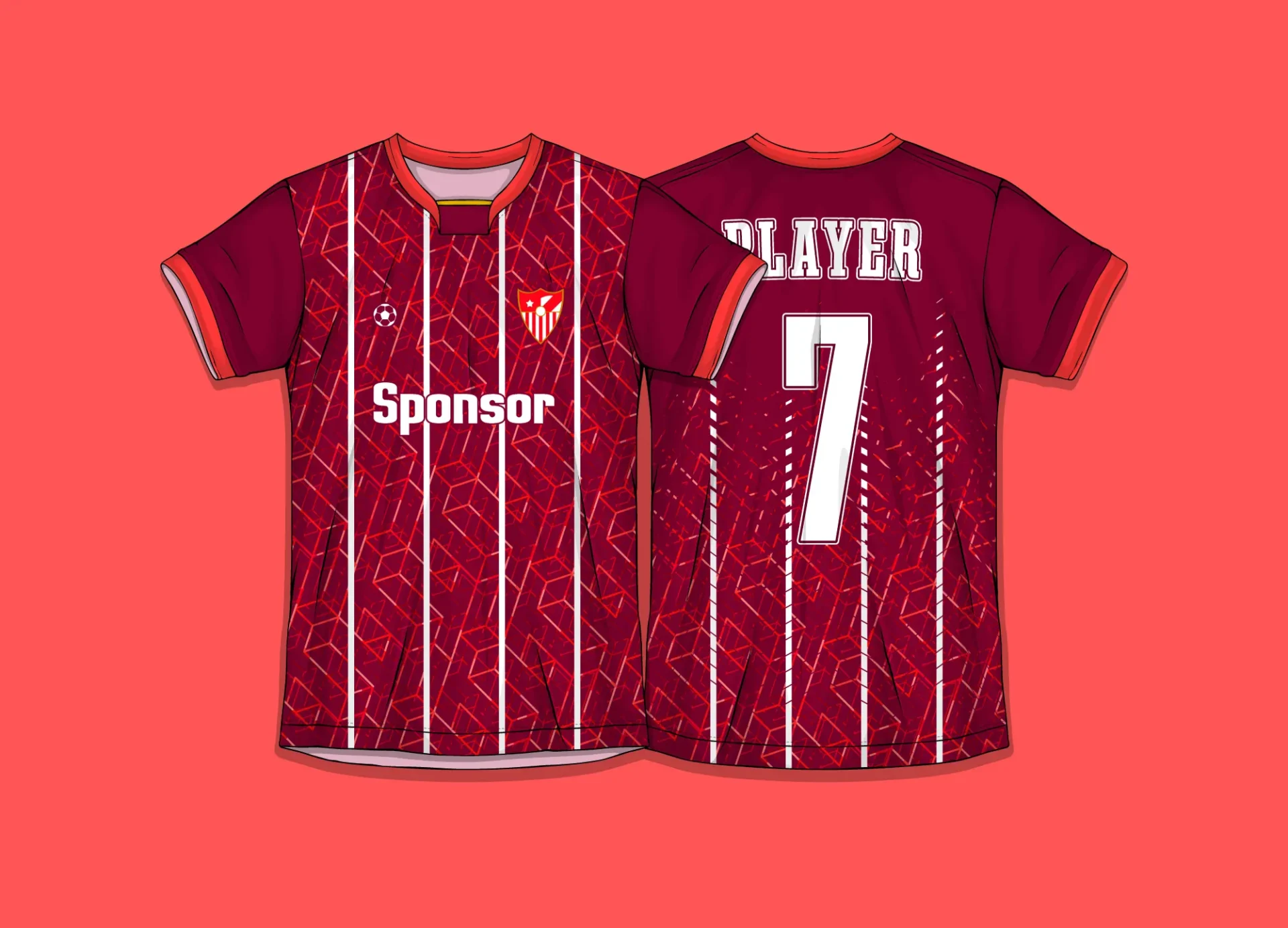From backyard matches to filled stadiums, one thing every soccer fan pays attention to is the number on a player’s shirt. It may seem like a small detail, but those numbers often carry big stories — some driven by history, some by personal connection or superstition.
But as time passed, fans began noticing certain numbers always appeared in specific roles, while others took on cultural or emotional importance. This increasing curiosity has prompted many to delve into deeper interpretations and historical origins.
So, for those who have ever wondered why their favorite player wears a certain number or what that number actually means, this blog is for you.
Let’s explore the meaning behind soccer jersey numbers meaning, their history, and superstitions.

Buying Soccer Jerseys: Does the Number Really Matter?
Although picking a number may seem personal, there are deeper meanings in play. For many fans, the number is more than just a design element – it symbolizes connection, history, or admiration.
Talking about the football jersey market, it’s seen that there is so much craze for people about football. Fans love to buy their favorite footballer shirts as 48% of them tend to buy from the club’s online store while 40% from the physical store. Even the most shocking thing to notice is that 37% of football fans buy replica kits.
Just as football sport remains one of the beloved sports worldwide, the market rises continuously to attract many fans, sponsorships, and innovative designs to dominate the competitive segment.
Here are a few of the more popular reasons fans choose to root for certain jersey numerals.
- Personal Preference: Some select according to their birth date, their lucky digits, or the numbers they wore playing sports.
- Fan Loyalty: It is an homage to wear your idol’s number. It links fans to historic athletes and classic moments.
- Collectible Value: Certain numbers particularly when associated with iconic players — turn into valuable memory as time passes.
Where Did Soccer Jersey Numbers Originate?
The history of jersey numbers dates back almost a century. What began as a way to identify players on the pitch has, over the decades, evolved into a universal tradition intertwined with identity, legacy, and much more than simply netting goals.
Jerseys such as the Argentina Retro Jersey have even been featured in many commercials. They are now worn by great people, illustrating how numbers are so much more than a clothing piece and how they are woven a little more into the fabric of football history.
Here are some key milestones that shaped their journey through time.
- Historical Milestones: The earliest known use of numbered jerseys in soccer came in the 1920s in England. It was a significant change in how spectators and officials were organized visually within the game itself.
- Standardization Process: As teams and leagues solidified, numbering systems became the norm for easy identification. It brought a degree of consistency in terms of how different teams and matches performed.
- Club-Level Adoption: Clubs started giving specific numbers to specific roles, which would help players, as well as fans, follow the game better. In time, those number-role associations became part of the club’s identity.
- Position-Based Origins: Early systems mapped each number to a position — laying the groundwork for how jersey numbers are understood today. And many traditional formations continue to affect number assignments throughout modern squads.
The Classic 1 to 11 – What Do They Represent?
Just as an England Retro Jersey has its legendary numbers displayed on it, these numbers can be directly traced back to traditional shapes and locations. They weren’t assigned randomly — every single digit had a reason for being there on the pitch, encapsulating a player’s role.
Not only did this structure make for more precise gameplay, but it also led to the well-known soccer jersey numbers meaning.
Here is a guide on what each classic number usually means:
- Goalkeeper’s Number (#1): Always assigned to the last line of defense – the keeper.
- Defensive Roles (#2, #3, #4, #5): Numbers from 2 to 5 are usually worn by full-backs and central defenders.
- Midfield Positions (#6, #8): These are often seen on box-to-box and holding midfielders.
- Iconic Playmaker (#10): Saved for the most imaginative player – often the team’s wizard on the field.
- Striker’s Spot (#9): The main goal-scorer. Tenacious, tactical, and always in the right position.
Superstitions Surrounding Soccer Numbers
For a number of players, numbers are more than just identifiers – they’re part of their ritual and belief system. For some, a number represents a tool of motivation before they step onto the field.
Here are a few interesting ways numbers affect player’s behavior and beliefs:
- Lucky Numbers: Some select numbers that they think will yield them success.
- Number Rituals: Many players have superstitions connected to their jersey number, such as entering the field with the left foot first.
- Avoided Numbers: In some cultures, certain numbers are avoided due to past losses, or considered unlucky like the 13 number.
- Personal Beliefs: Many hold onto a number their entire career, convinced it’s in accord with their fate.
Final Thoughts
While styles can change and squads can fluctuate, the story of jersey numbers remains rock solid. It can form a bond between players and fans. So whether you’re a die-hard supporter or a casual fan deciding on your next jersey, the memories, roles, and beliefs associated with these numbers can all help make the decision behind your choice even more meaningful.
Want to add a piece of soccer’s legacy to your wardrobe? Whatever the case, take a look at Retro World Shop’s curated selection of classic soccer jerseys, each one selected in order to honor the rich and thrilling lore of the beautiful game.
Visit the online store today and shop now!



